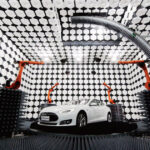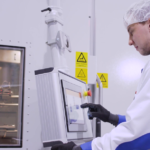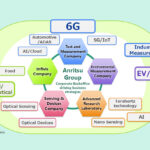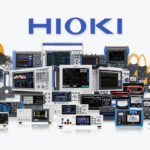ASIA ELECTRONICS INDUSTRYYOUR WINDOW TO SMART MANUFACTURING
HIOKI to Surge Capacity with New 2nd Ueda Line
HIOKI E.E. Corporation will transfer part of its production to the Ueda Second Factory in Nigota in Ueda City. Accordingly, the company has carried out environmental improvement work and will begin operations on July 8.
Specifically, the Ueda Second Factory will carry out business activities related to the development, production, sales, and service of automatic test equipment. Automatic test equipment inspects electronic circuit boards and circuit wiring boards.
The equipment inspects the quality of circuit boards used in electronic devices and automobiles. Recently, however, there has been an increasing demand for inspection of cutting-edge semiconductor package boards for AI.

Sustainable Operations
The Ueda Second Factory is a three-story steel-framed building, with the first and second floors primarily used as production and demonstration areas. On the other hand, the third floor houses office space for development and sales staff and a restaurant.
Most importantly, the new factory offers sustainability features. First, the roof employed recycled materials as well as the exterior base materials and exterior fittings. Accordingly, sustainability efforts will likely result in about 2,324 tons of reduced CO2 emissions. In addition, several environment-friendly materials, such as biomass tableware, have been considered in other fixtures and equipment used within the building.
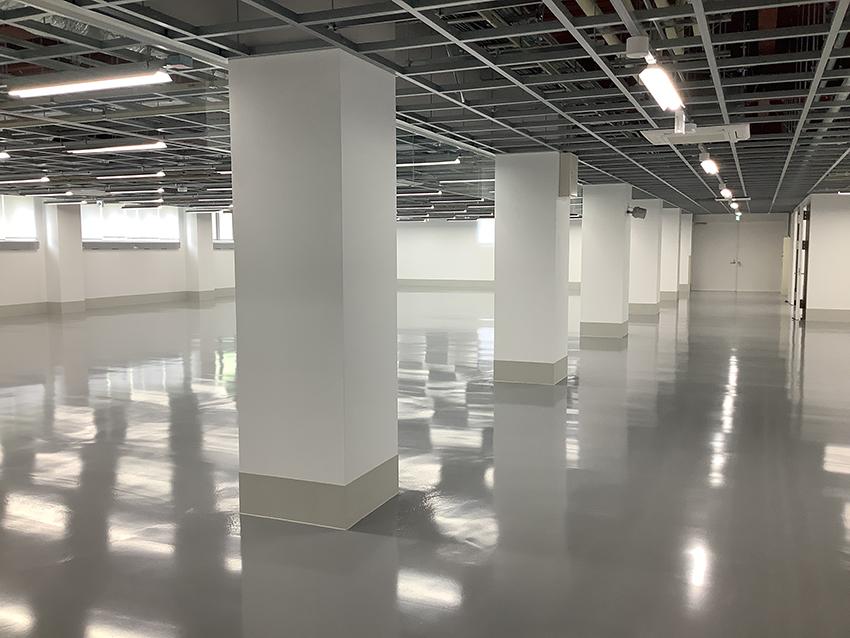
Currently, HIOKI has been optimizing its production system. Aside from the Ueda Second Factory, the company has also reinforced its existing head office factory and the Sasaki factory. Thus, significantly increasing its production capacity.
The Ueda Second Factory will have a total site area of 10,825.56sq.m and total floor area of 10,825.56sq.m for the entire three floors.
Providing new value through unique technologies
Hioki has pursued unique technologies over its history. Thus, providing new value to customers through high-quality products.
For about 40 years since its founding in 1935, the company’s business centered on volume production of meters and testers. Starting in 1974, it modernized its management and pursued an aggressive R&D program. Therefore, yielding today’s four product groups.
The result has been a distinctive portfolio that includes no-metal-contact voltage measurement technology, high-sensitivity current measurement technology, and other innovative technologies.
“Going forward, we will continue to embrace the challenge of uniqueness so that we can leverage our accumulated expertise to further improve technologies. Particularly, in areas such as sensing, high-frequency measurement, and electrochemistry. Thus, create new tentpole product groups; and contribute to society.”

